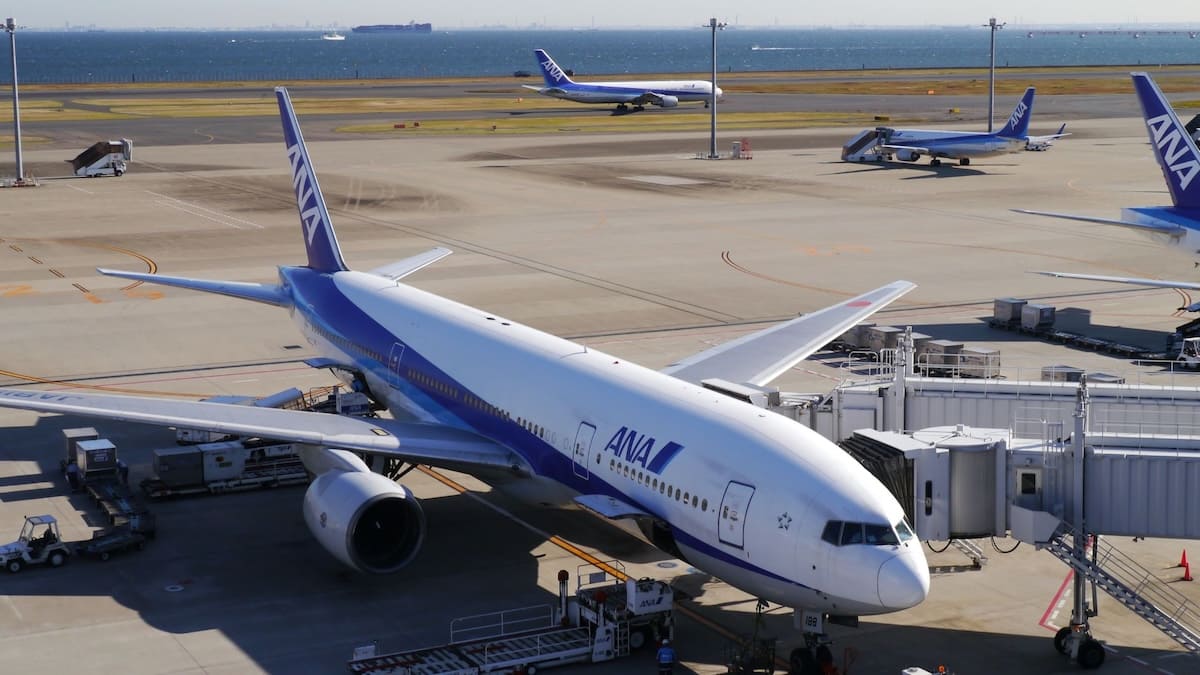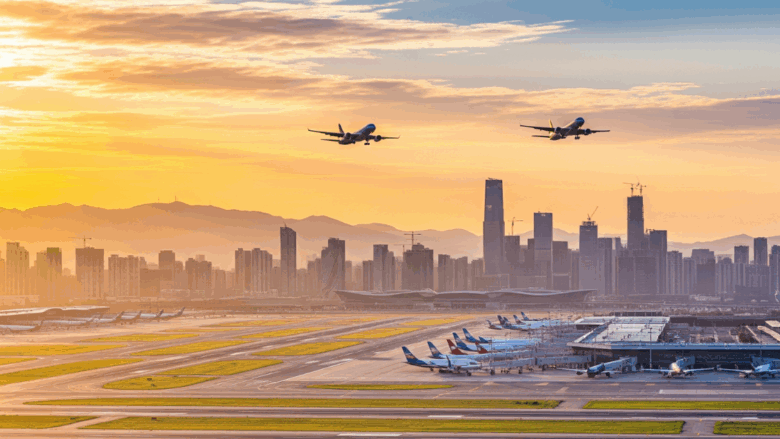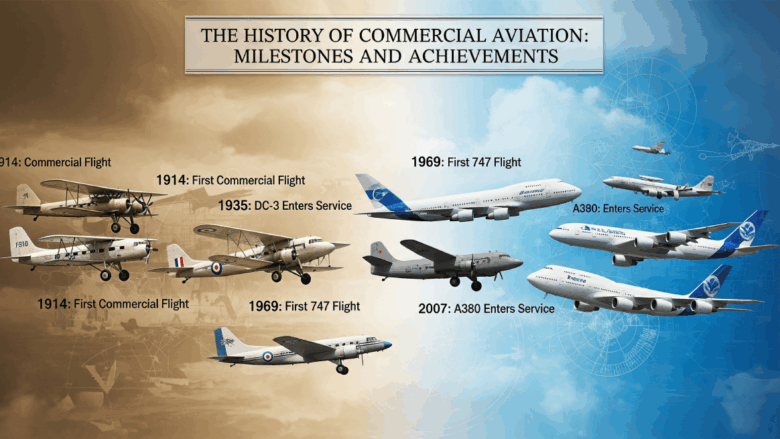Flying across borders at 35,000 feet may seem normal, but the laws that govern international flights are anything but simple. While travellers are busy looking for boarding gates and baggage tags, a complicated set of laws is quietly at work behind the scenes. These rules cover everything from how pilots get their licenses to how countries settle their differences.
There isn’t one book or authority that holds all of international aviation law. It is a patchwork of treaties, civil aviation organisations and bilateral agreements that work together. If you study aviation, fly a lot or want to become a pilot, knowing the basics of international aviation laws can help you understand how the skies stay safe, organised and regulated in different countries.
The Chicago Convention: The Beginning of Global Aviation
The Convention on International Civil Aviation, which was signed in Chicago in 1944, is one of the most important parts of international aviation law. It led to the creation of the International Civil Aviation Organisation (ICAO), a UN agency that sets and enforces standards for aviation around the world.
There are more than 190 countries that have signed the Convention. It lays out the rules for airspace, how to register an aeroplane, how to get a pilot’s licence and what rights countries have over their own airspace. One of its main ideas is that each country has full and exclusive control over the airspace above its land. So, unless it’s an emergency, an aeroplane can’t fly over or land in a country’s airspace without permission.
Five Rights of the Air
“Freedoms of the air” is one of the most important things that have come out of talks about international aviation. These are rights that one country gives to another about how commercial planes can fly.
The first two freedoms are the right to fly over a country or land there for technical reasons without taking on passengers or cargo. The next three are about moving people and goods between countries. The third freedom, for example, lets an airline fly people from its home country to another country. These freedoms are important for planning air routes and controlling how airlines get into international markets.
There are other freedoms besides the fifth, but they are usually more limited and require special negotiations between countries.
Aircraft Registration and Jurisdiction
No matter where the plane is flying, it must be registered in a country and that country has control over it. The idea of “nationality of aircraft” is similar to how ships are registered under a certain flag.
The laws of the country where the plane is registered set rules for things like maintenance standards, airworthiness, crew licencing and insurance. Even so, these national standards must still meet the international minimums set by ICAO.
When accidents or incidents happen, more than one jurisdiction may be involved. This could include the country where the plane is registered, the place where the incident happened and the countries of the victims or the airline.
Rights of Passengers Across Borders
Passenger protection is a part of aviation law that is always changing. The Montreal Convention (1999) and other international rules set the same amount of money for delays, lost luggage and injuries or deaths that happen in accidents. The goal is to make sure that all passengers are treated fairly, no matter where the airline is based.
Some countries have more protections. The European Union, for instance, has clear rules about how much money people should get when their flights are cancelled or delayed for a long time. Airlines have to follow a lot of complicated rules, both in their own country and around the world, depending on where they fly.
Passengers need to know that their rights depend on where the airline is based, where they bought the ticket and where they are going or coming from.
Conflicts and Airspace Sovereignty
Countries are in charge of the airspace above their land and water. This gets touchy when there are political problems or when there is a war. In some cases, certain countries or carriers may not be able to use certain airspace. Then, airlines have to change the routes of their flights, which can make them more expensive and take longer.
The ICAO tries to keep things neutral so that states can work together and safely cross borders, especially in areas of conflict. Agreements that cross national borders are often used to manage air traffic control and flight information regions (FIRs) to make operations more efficient.
Legal Problems in the Age of Technology
International aviation law is facing new problems because of the rise of drones, satellite-based navigation systems and cyber threats. Traditional frameworks may not fully cover the risks and duties that come with this new technology.
Regulators are being forced to rethink the rules because of concerns about using AI in air traffic control, automated planes and data privacy. To keep up with the speed of innovation, civil aviation authorities, manufacturers and legal experts need to work together to make new standards.
The Bottom Note
Hours of planning, permissions and rules based on the law go into every takeoff and landing. The skies would be dangerous and out of control without international aviation laws. Millions of people fly every day without worry, which shows how well the legal systems work to keep things running smoothly.
Are you ready to soar in the world of aviation law? Make a career that goes beyond just flying. Learn more about aviation rules, following the law in other countries and operational law. Join INFINIFLY AVIATION and get ready for the skies with the help of professionals who know the law, the technology and how to do their jobs.




